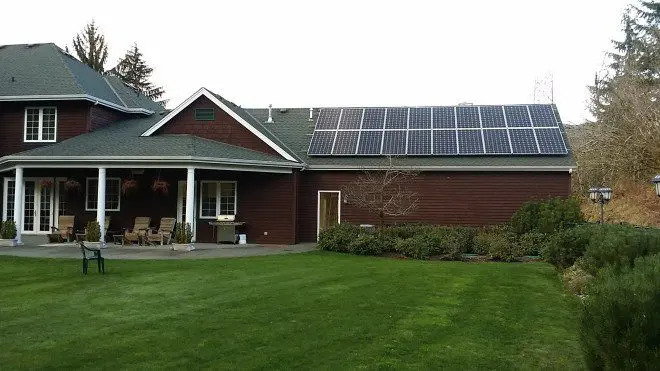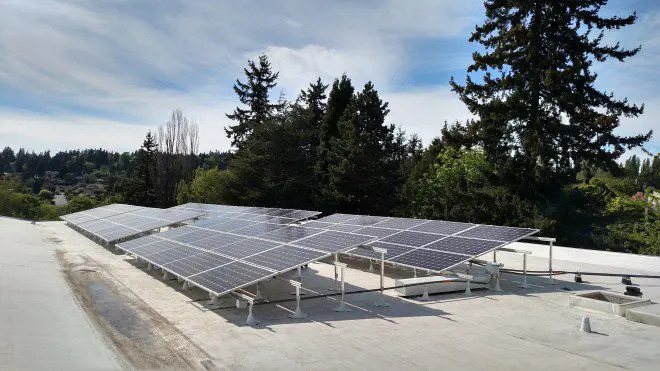Solar System Costs

Making Sense of Solar Electric System Costs

How Hungry Is Your Home?

Energy Efficiency First



Location, Location, Location
Where you live also affects your system costs. Less sunny locales will call for larger systems to generate the same amount of electricity that a smaller system in a sunnier spot can produce. In the solar world, sunlight is measured in units called “peak sun hours.” Phoenix, Arizona, receives an annual average of 6.5 peak sun hours per day, while Seattle, Washington, only gets 3.8 peak sun hours per day. Besides the number of peak sun hours in your region, average annual temperatures where you live also affect your system size, and its relative cost. In colder regions, you may use lots of electricity for space heating and water heating. Looking online for the best heating system from somewhere like this Water Heater Reviews Site. In warmer regions, air conditioning can dramatically amplify your electricity use. Climate and other site-specific variables will also determine your solar-electric system’s size and its production. PV panels operate more efficiently in cooler climates and less efficiently in hot ones. Some locations regularly receive morning fog or afternoon thunderstorms. In dry, dusty climates without regular rains to clean the panels, accumulated dust and dirt will reduce the output of the system. All of these variables need to be considered when sizing a system and estimating its annual production.

A Place in the sun
- Ideally faces south, but west-facing arrays make sense in some cases;
- Provides enough space for the number of PV panels needed, possibly including room for expansion;
- Enables the entire array of modules unshaded exposure to the sun between the hours of 9 AM and 3 PM, year-round.



A Nibble or a Bite?


Free Money
Here in Washington State we enjoy a generous incentive to install Solar PV Systems. If you use panels and an inverter system made here in the state, you can save even more. Add to that the Federal tax credits, and low-interest loans from some Credit Unions, and the picture gets brighter still. You can get up-to-date information on financial incentives at the Database of State Incentives for Renewable Energy Web site at www.dsireusa.org.

What about my Business?
In many cases, adding a Solar PV System to your business can make sense, and it can be worth speaking to business energy consultants about it. There are many options for large-scale projects including traditional panels, thin-film modules and tracking systems. And on top of the electrical usage savings businesses enjoy both the 30% tax credit and taking an accelerated depreciation of their capital investment. You would want to consult your tax advisor for which option is best.







